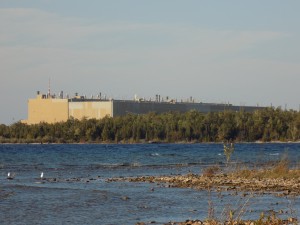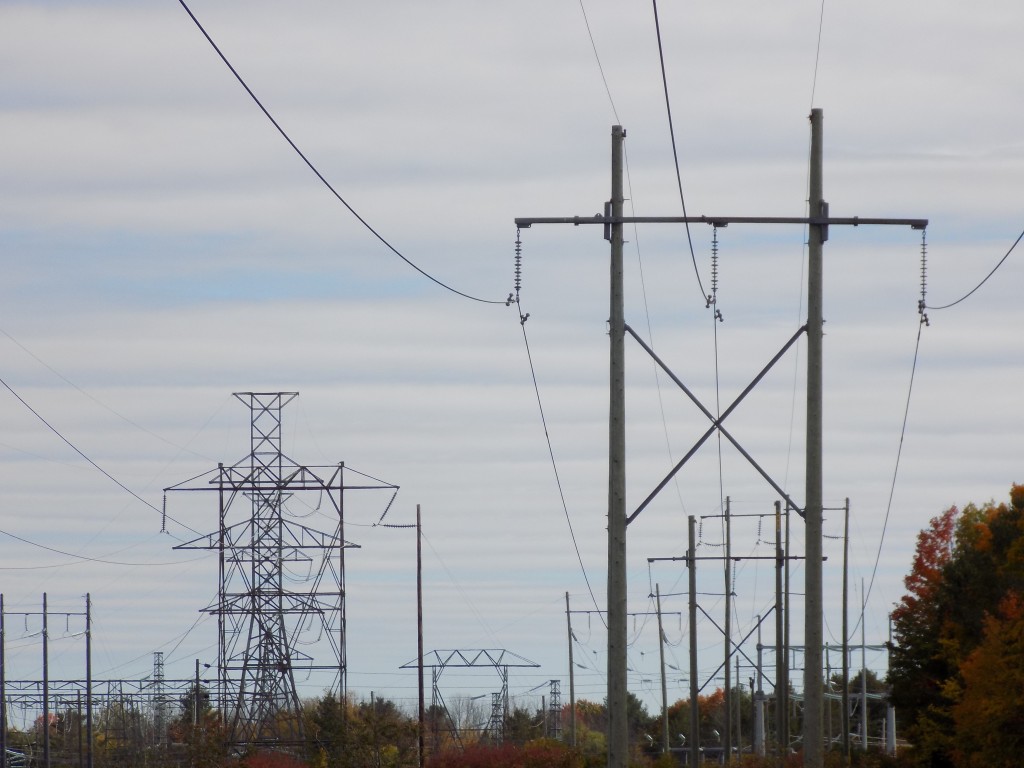Reasons for Ontario’s high power rates
Ontario residents have a short fuse these days when it comes to the cost of electricity. Residential electricity rates in the province have jumped from just 4.3 cents per kilowatt hour in 2002 to as high as 18 cents this year.
So, why does Canada’s most populous province now have the highest power rates in North America?
In 2009 former-Premier Dalton McGuinty’s government passed the Green Energy Act with the respectable goal of encouraging energy conservation and ending coal power generation. It introduced a sliding rate scale where the cost of power changes according to the time of day. Those rates range from 8.7 cents per kilowatt hour overnight to 18 cents in the middle of a weekday. Hydro Quebec customers pay 6 cents, and National Grid customers in New York pay 4.8 cents US.
The Ontario law also encouraged renewable power generation by subsidizing sources like wind and solar. The government began paying non-utility owners of solar panels and wind turbines to sell the power they didn’t require for their own use into the provincial grid. Similar incentives were also given to corporate renewable energy producers who now dot the countryside with acres of propellers and solar panels. There are also delivery charges customers have to pay to allegedly cover the cost of transporting the electricity over the lines to their homes. Customers who use less metered electricity are still paying higher rates because of the subsidies and charges.

The Bruce Power “B” nuclear power plant on Lake Huron was one of the refurbished facilities. Photo: James Morgan
The government also began authorizing utilities to refurbish the reactors at Ontario’s three nuclear power stations. Those projects, along with renewable developments, have actually led to an electricity surplus. The excess is often sold to utilities in New York or Pennsylvania at a discounted price at the same time renewable subsidies have driven up power rates for Ontario customers. According to a CTV report from December 2015, the average home power bill in Toronto was about $143, slightly more in Ottawa, and was only about $72 in Montreal.
Liberal Premier Kathleen Wynne recently announced measures to soften the high power bills through a rebate program that will save the average homeowner that same amount per year. After resisting for decades, Ontario also recently reached a deal to buy power from Quebec in order to rely less on natural gas power generation, but that plan is not expected to lower customer rates.
Kathleen Wynne’s government are taking most of the blame for the power rate situation. A lot of it has happened under her watch, and under McGuinty, whose government she was also part of. The opposition Progressive Conservatives (PC) are gaining a lot of popularity with the issue, but they, along with the left-leaning New Democratic Party (NDP) are responsible, too. In the early 1990s, NDP Premier Bob Rae had Ontario Hydro, the large, public power utility that served most of the province, restructured and prepared for eventual breakup into smaller companies and deregulation with possible privatization—an ironic move for supposed democratic socialists. PC Premier Mike Harris won the 1995 election and finished the job Rae had started and broke Ontario Hydro up into several smaller companies and proceeded to privatize the transmission and distribution component, Hydro One.
A lawsuit from two of the hydro employees unions and negative public opinion put the brakes on that effort. However, Kathleen Wynne’s government began the partial privatization of Hydro One last year in an effort to increase government revenue. Private utilities traditionally have higher rates because there is more of a motivation for them to make profits and pay dividends to shareholders.
Usually known for political passivity, many Ontario residents are angry, making power rates the big political issue in the province now, along with determining how to properly manage renewable electricity sources in the future.
Tags: electricity, energy, Ontario, renewable








